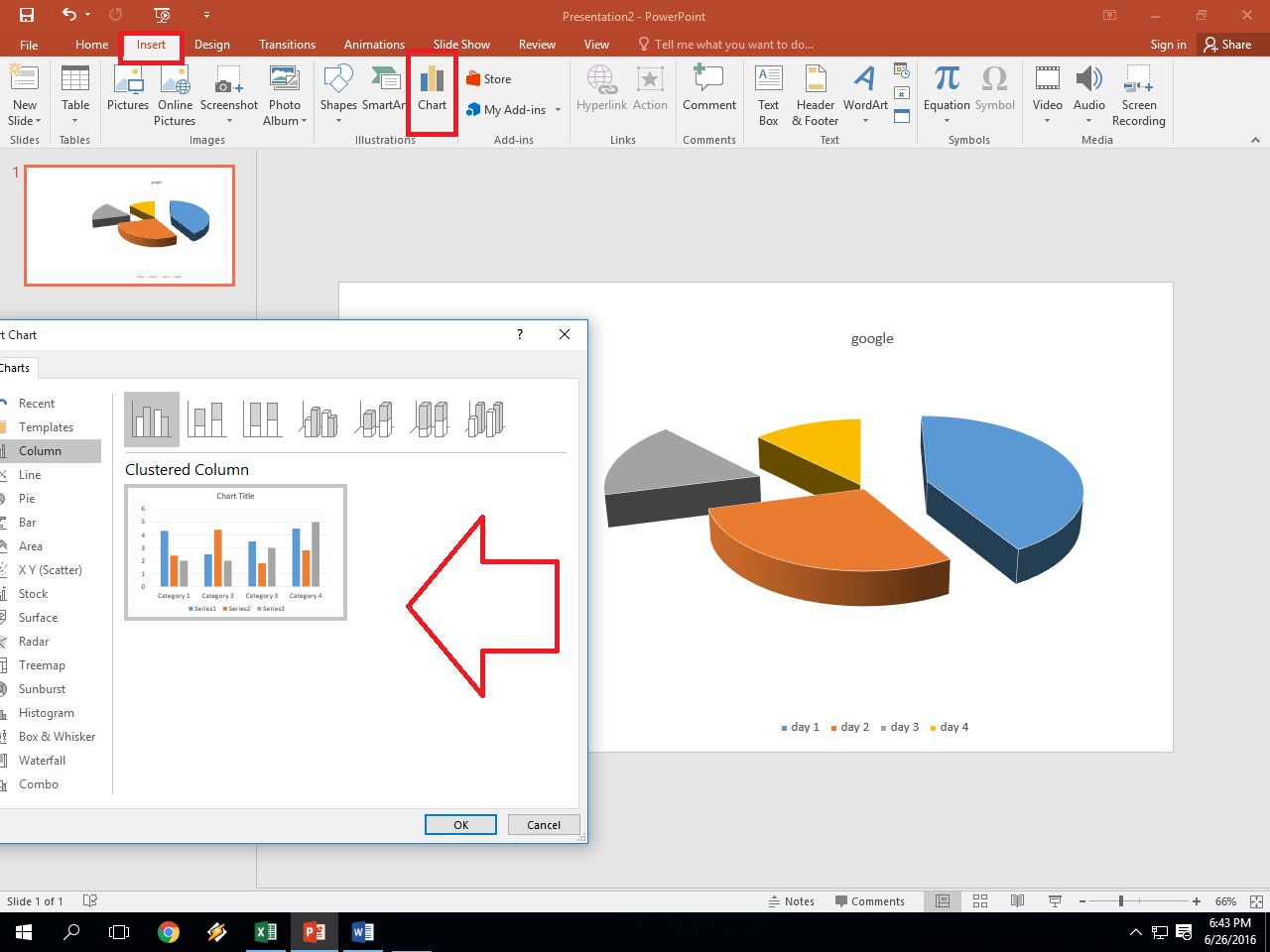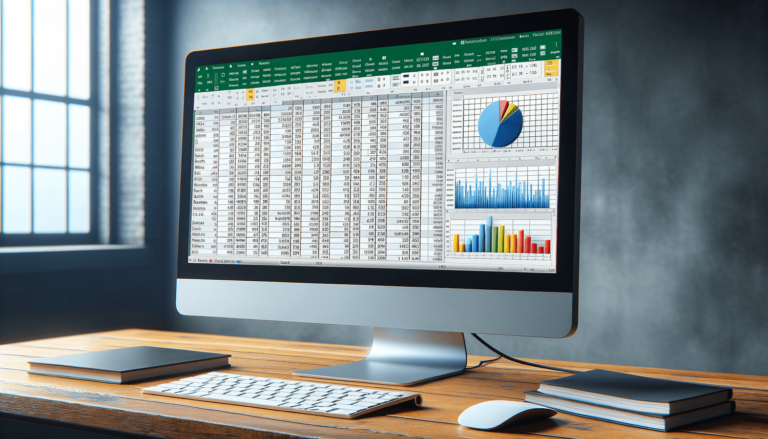5 Easy Ways to Add Grids to Your Excel Sheets

Microsoft Excel is a powerful tool for data analysis and management, but its capabilities extend far beyond simple calculations and data entry. One of the visually appealing and functionality-enhancing features of Excel is the ability to add grids to your spreadsheets. These grids not only help in organizing information but also make your data presentation more professional and easier to understand. Here, we will explore five easy ways to add grids to your Excel sheets, ensuring your spreadsheets are both functional and visually pleasing.
1. Gridlines

Gridlines are the default lines that appear on an Excel worksheet to separate cells. They make it easier for you to align text or understand the boundaries of your data cells. Here’s how to ensure they are visible:
- Go to the 'View' tab on the Ribbon.
- Check if the 'Gridlines' option is ticked. If it's not, simply click it to display gridlines.
2. Cell Borders

Cell borders provide more customization than gridlines. They allow you to add lines around specific cells or ranges, which can be particularly useful for highlighting important data or separating different sections of your worksheet:
- Select the cells or range you want to border.
- Navigate to the 'Home' tab.
- Click on the 'Borders' icon in the 'Font' group.
- Choose the border style you want, like 'All Borders', 'Outside Borders', or customize it through the 'More Borders...' option.
🔎 Note: Borders can be colored or styled differently, which is excellent for differentiating data sections or for aesthetic purposes.
3. Drawing Grids

If you need custom grids or lines that aren’t automatically generated, Excel allows you to draw them manually:
- Go to the 'Insert' tab.
- Select 'Shapes' and choose the line tool.
- Draw your custom grid by clicking and dragging where you want the lines to appear.
| Action | Shortcut Key |
|---|---|
| Draw a straight line | Hold Shift while dragging |
| Draw a 45-degree angle | Hold Alt while dragging |

4. Using Table Formatting

Excel’s Table feature automatically applies gridlines to your data, which can be styled and filtered easily:
- Select your data range.
- Press Control+T to convert your range into a table or go to the 'Insert' tab and click on 'Table'.
- Choose a style with borders for a grid-like appearance from the 'Table Styles' gallery.
5. Using Conditional Formatting

Conditional formatting can add dynamic grids to your sheet, which change based on cell values:
- Select the cells you want to format.
- Go to the 'Home' tab, click on 'Conditional Formatting'.
- Choose 'New Rule' and then 'Use a formula to determine which cells to format'.
- Enter a formula to define when the grid should appear (like =$B$2=MAX($B$2:$B$9)).
- In the 'Format' box, add borders or shading to create a grid-like effect when the condition is met.
By implementing these five methods, you can significantly enhance the visual appeal and organizational structure of your Excel spreadsheets. Whether you're looking to highlight key data points, separate sections for clarity, or simply make your worksheet more visually engaging, Excel provides a variety of tools to help you achieve these goals. Remember, the choice of method depends on the context and what you aim to achieve with your data presentation.
Ensuring your spreadsheets are well-organized with grids can lead to better data comprehension, improved productivity, and a more professional look. Experiment with these techniques to find what works best for your data analysis or reporting needs. With practice, you'll be able to create visually appealing and functional Excel sheets that communicate information more effectively.
What is the difference between gridlines and borders in Excel?

+
Gridlines in Excel are faint lines that appear on the worksheet to help you align your data. Borders, on the other hand, are customizable lines that can be added around specific cells or ranges to highlight or organize data visually.
Can I customize the color of gridlines or borders?

+
Yes, while gridlines are generally gray and not very customizable, borders can be colored or styled as per your needs. You can access these options through the ‘Borders’ tool in the ‘Home’ tab.
How can I make my data table look like a grid?

+
Using Excel’s Table feature can automatically apply a grid-like appearance to your data. Once your range is converted to a table, you can choose a style with visible borders from the ‘Table Styles’ gallery.